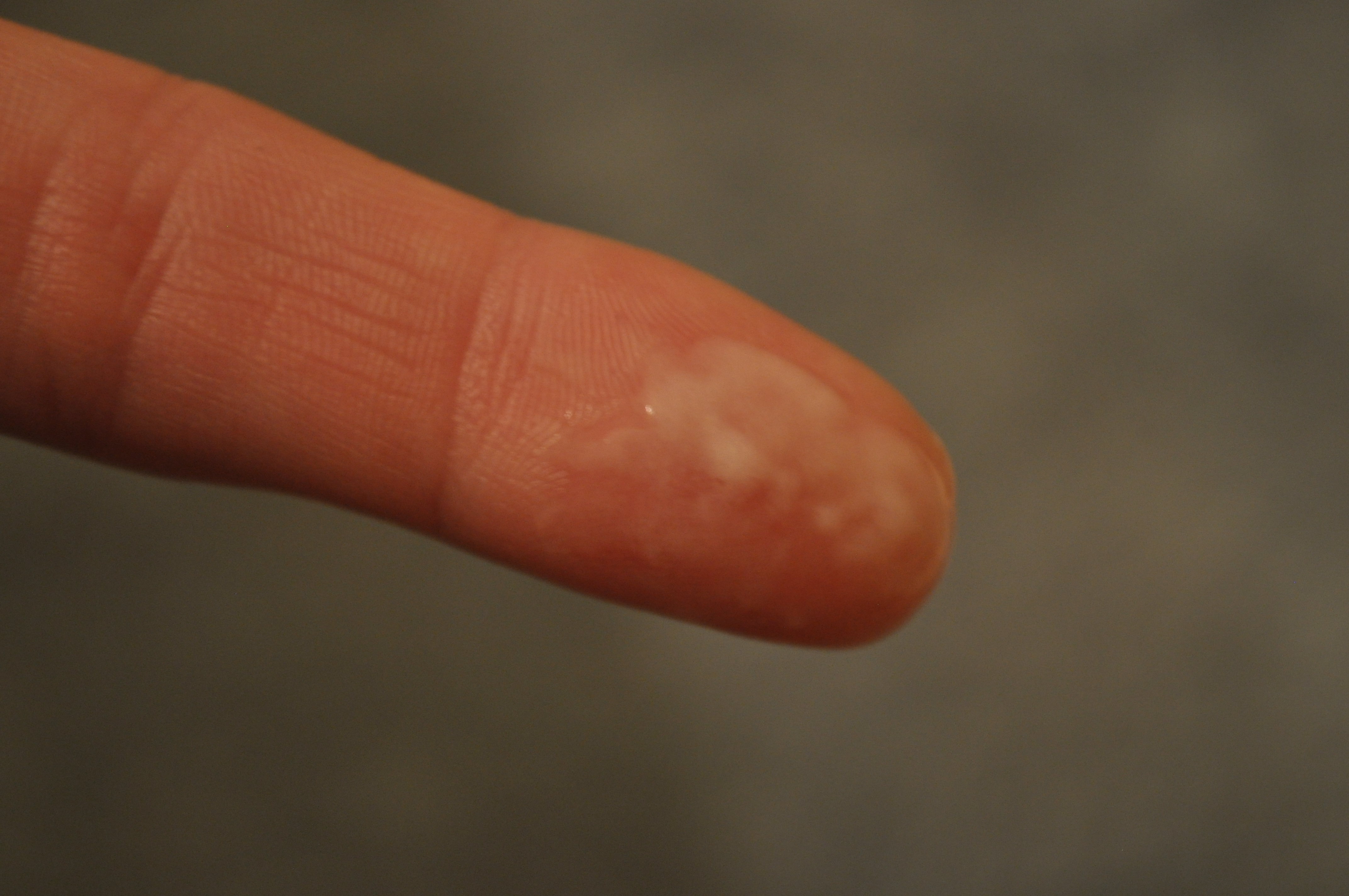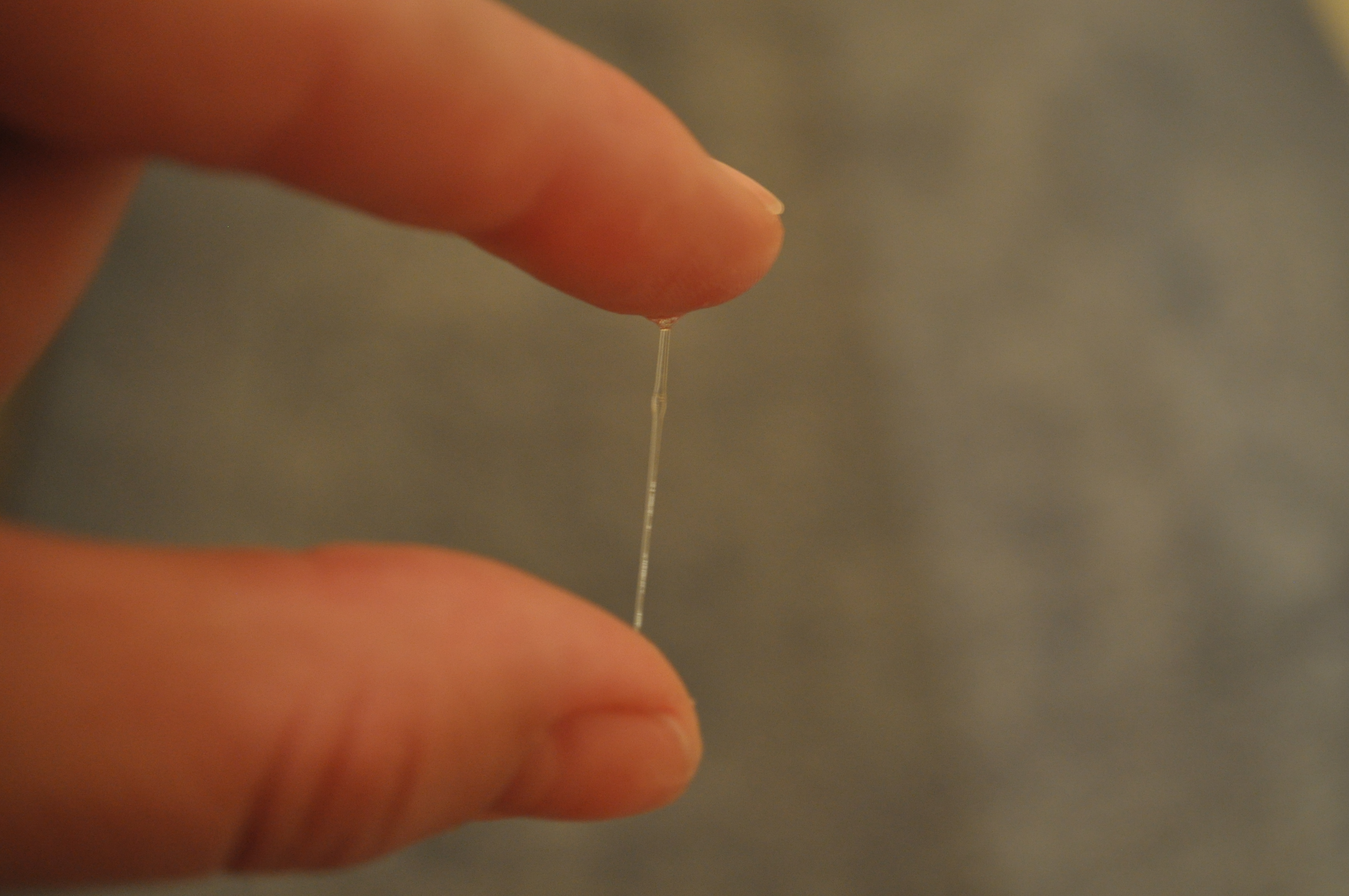Cervical Mucus Monitoring
A “How-to” guide for monitoring cervical mucus throughout the menstrual cycle.
Cervical mucus monitoring is not a requirement for Time to Conceive. However, we thought you might find the following information helpful. For those who choose to monitor cervical mucus, it is important to be consistent with making the observations on a daily basis. If multiple types of mucus are noted throughout the day, the most fertile type of cervical mucus should be recorded.
Contents
Observing Cervical Mucus
- Appearance: Many women observe cervical mucus on toilet tissue after wiping, however, finger testing can be done. To perform finger testing, lift the mucus off of the tissue and observe it between the finger and thumb. The color, appearance and consistency of the cervical mucus should be observed.
- Sensation: In order to determine the sensation produced by the cervical mucus, make note of the sensations that are felt at the vulva (i.e, the lips of the vagina). Categories include: dry, damp and wet/slippery.
- Fertile Window: Type 1 and Type 2 cervical mucus are typically associated with the beginning of the menstrual cycle and lower fertility. Type 3 cervical mucus is transitional cervical mucus which may indicate that you are entering the fertile window. Type 4 cervical mucus is indicative of the most fertile time of the cycle. Intercourse during this period will likely increase your chances of pregnancy. Multiple studies have suggested that the best chance of pregnancy is when intercourse occurs on a day which is near ovulation and Type 4 cervical mucus is present.
Categories of Cervical Mucus
Type 1 – lowest fertility
- Appearance: nothing seen
- Sensation: dry, rough and itchy, or nothing felt
Type 2 – low fertility
- Appearance: nothing seen
- Sensation: damp
Type 3 – intermediate fertility
- Appearance: mucus is thick, creamy, whitish, yellowish, not stretchy/elastic, and sticky
- Sensation: damp

Type 4 – high fertility
- Appearance: mucus is transparent, like raw egg white, stretchy/elastic, liquid, watery, or reddish.
- Sensation: wet, slippery, smooth

Other Types of Fluid
There are other fluids, from both the man and woman, which are important to know about when monitoring cervical mucus.
Arousal Fluid
Arousal fluid is produced in response to sexual stimulation, by glands in and around the vagina in order to lubricate the vagina for the possibility of intercourse. The characteristics of arousal fluid are clear, wet, moist, and slippery. Unlike cervical mucus, however, arousal fluid dissipates quickly (usually within 1 hour).
Seminal Fluid
Seminal fluid is released from the man at the time of intercourse and contains sperm and other fluids. Approximately 20-30 minutes after intercourse, the seminal fluid becomes very watery. Seminal fluid lasts longer in the vagina than arousal fluid; however, most of the seminal fluid should have left the vagina within 12-14 hours after intercourse.
If you are uncertain whether you are experiencing cervical mucus or other fluids you can do one of two things:
- Wait for it to dissipate (about an hour for arousal fluid or 12-14 hours from seminal fluid)
- Observe and chart it, making sure to indicate if intercourse, or a sexual encounter, has occurred
Menstrual Blood
During the presence of menstrual bleeding, it is difficult to observe cervical mucus sensation and appearance. During the menstrual cycle you should not record a cervical mucus type. Instead, record the bleeding.